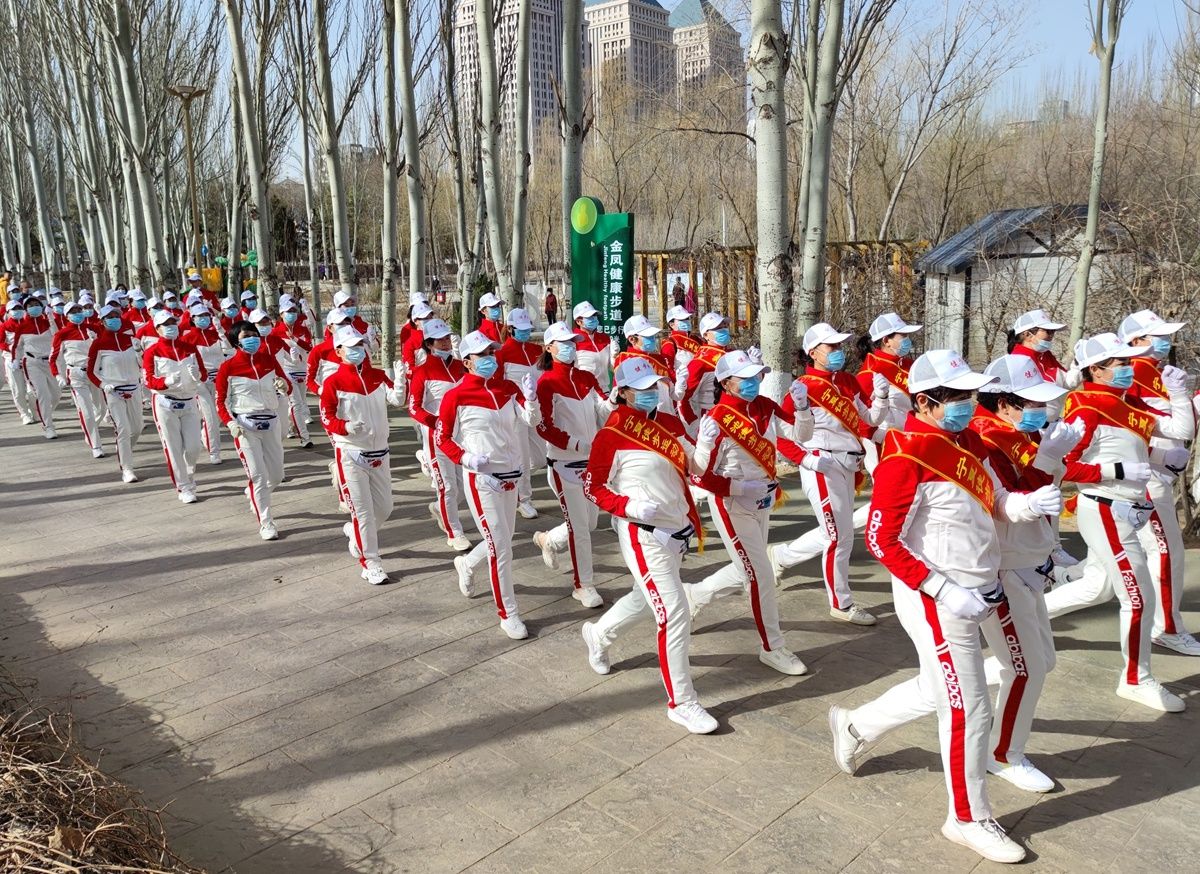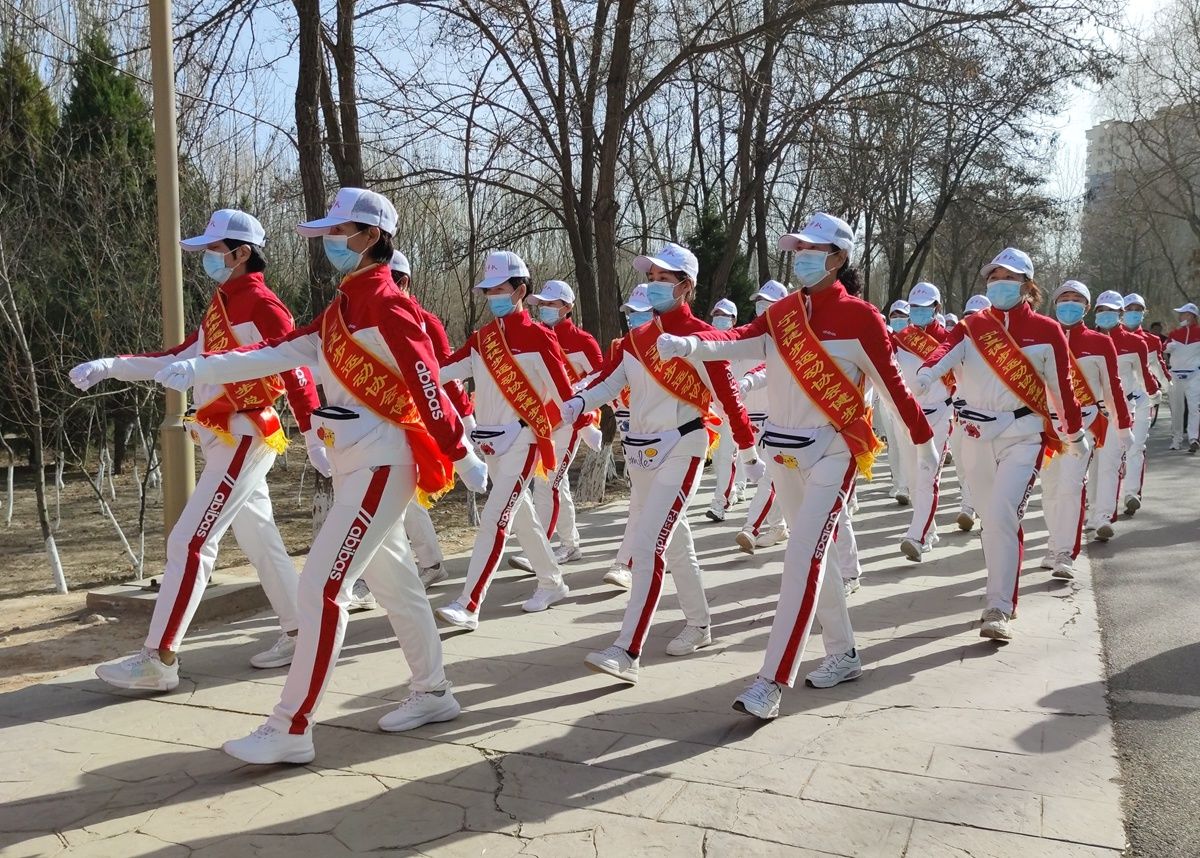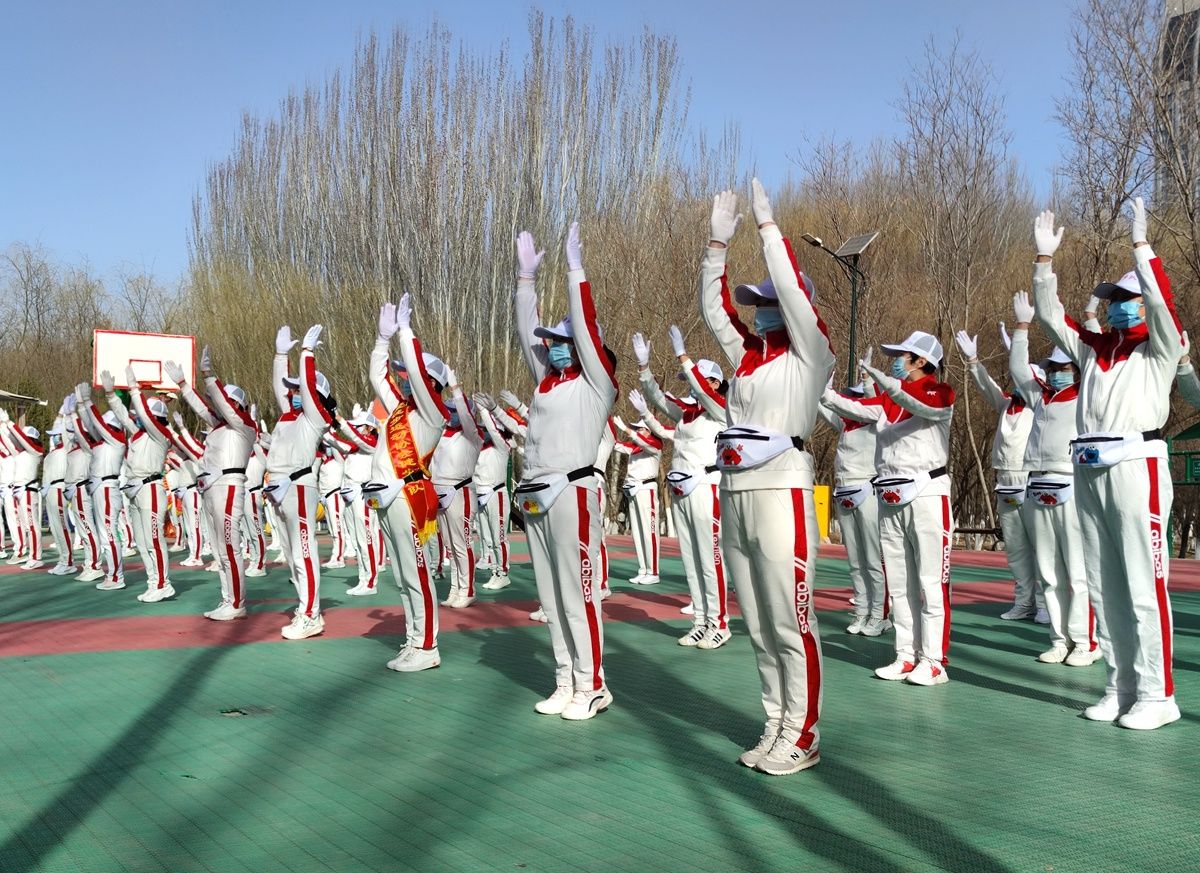“Now that low-carbon travel is advocated, and people pay more attention to their own health, more and more people choose to walk for exercise.” Ying told reporters.
Beat walking is what people often call walking, hiking, and walking. It is the most common and easiest way to exercise. It is suitable for people of different ages. Exercise can not only enhance physical strength, enjoy body and mind, but also improve physical fitness. Chronic non-communicable diseases such as heart disease, hypertension, diabetes, and arteriosclerosis in middle-aged and elderly people can play a certain role in prevention and treatment. So, what exactly is walking? Ningxia Sports Science and Technology Center sports medicine professionals and senior hiking enthusiasts teach everyone how to get out of health and out of happiness.

First of all, master the standard posture and essentials of movement. When walking, the heel touches the ground first, and the change of the body’s center of gravity makes the focus of the step move from the heel to the sole of the foot. At the same time, keep your body upright and look straight ahead; keep your chest and abdomen up, relax your shoulders, and avoid shrugging your shoulders; keep your ears, acromion, and femur in a vertical line during walking. In other words, on the basis of natural walking, keep your chest and abdomen straight, your back straight, your neck and shoulders relaxed, your chin slightly adducted, and you look straight ahead.

Secondly, pay attention to the swing of the arms and the torsion of the central axis during the journey. Relax your hands and make an empty fist; the elbow joint can be bent and swing about 90 degrees, or it can be straightened and swinged. Straightening and swinging can enhance the strength of the soles of the feet and toes, and increase energy consumption; the arms take the shoulder joint as the axis, the front and rear Swing, “the front is not high shoulders, the back is not low waist”, that is, when swinging the arm forward, the fist is not higher than the shoulder position, and when swinging the arm backward, the fist is not lower than the waist position.
Third, the stride, frequency and number of steps should be moderate. The stride can stretch the pelvis to a certain extent, strengthen the waist, and fully mobilize the muscles and nerves of the legs to enhance muscle strength. The ideal stride is “height × 0.45”, for example, if the height is 1.6 meters, the reasonable stride is 72 cm . Cadence is an important indicator of exercise intensity, which can be measured according to heart rate. The ideal cadence is “heart rate 170-age”, which is equivalent to 120-150 steps per minute. The number of steps is also an ideal indicator to measure the intensity of exercise. It can be measured by walking time and distance. Generally, 6,000-10,000 steps per day are appropriate. If you cannot reach the predetermined goal at one time, you can do it multiple times. It is recommended to get up 3,000 steps in the morning, 4,000 steps in the evening, and 3,000 steps in the rest of the time. Adhere to “10,000 steps a day”.

Fourth, brisk walking should be coordinated with breathing exercises. Walking is an aerobic exercise, so exercise and breathing should be coordinated to ensure more oxygen intake. When breathing, it is best to take 2 steps and 1 breath. Only by controlling your breathing can you perform long-term exercise and effectively improve your cardiorespiratory endurance. (New News reporter Gao Xiaogang)